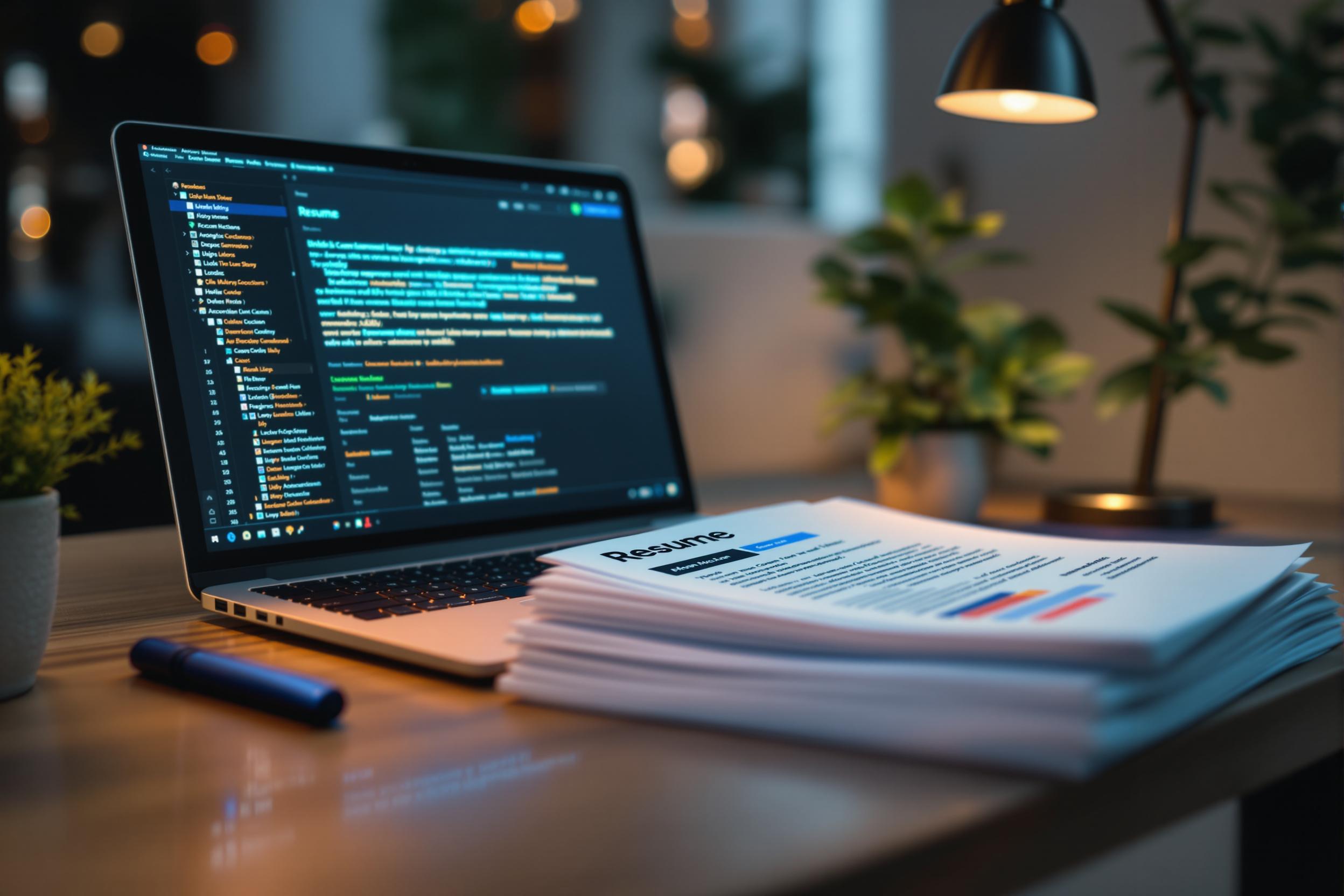
ChIP-seq
ChIP-seq is a laboratory method used by scientists to understand how genes are controlled in living things. Think of it as a way to create a detailed map showing where specific proteins interact with DNA in cells. This helps researchers understand how genes are turned on or off, which is crucial for studying diseases and developing new treatments. Scientists often mention this technique when they've used it to make discoveries about how cells work or when studying diseases like cancer. Similar techniques include RNA-seq and ATAC-seq. When you see this term in a resume, it indicates the person has experience with modern genetic research methods.
Examples in Resumes
Performed ChIP-seq analysis to identify key protein-DNA interactions in cancer research
Led team of 3 researchers in ChIP-seq and ChIP-sequencing experiments studying gene regulation
Optimized ChIP-seq protocols resulting in 40% improved data quality
Typical job title: "Genomics Scientists"
Also try searching for:
Where to Find Genomics Scientists
Online Communities
Job Boards
Professional Networks
Example Interview Questions
Senior Level Questions
Q: How would you design a ChIP-seq experiment to study a new protein of interest?
Expected Answer: A senior scientist should discuss experimental design, including controls, replicates, and quality checks. They should mention ways to validate results and troubleshoot common problems.
Q: How do you ensure the quality of ChIP-seq data analysis?
Expected Answer: Should explain the importance of quality control measures, data validation steps, and how to interpret results accurately. Should mention experience managing teams and training junior scientists.
Mid Level Questions
Q: What are the key steps in a ChIP-seq experiment?
Expected Answer: Should be able to explain the main steps in simple terms, including sample preparation, DNA analysis, and basic data interpretation. Should demonstrate hands-on experience.
Q: How do you handle and analyze ChIP-seq data?
Expected Answer: Should describe basic data analysis steps, quality control measures, and common software tools used. Should show understanding of result interpretation.
Junior Level Questions
Q: What is the purpose of ChIP-seq?
Expected Answer: Should explain in simple terms that it's used to study how proteins interact with DNA and why this is important for understanding gene regulation.
Q: What basic laboratory skills are needed for ChIP-seq?
Expected Answer: Should mention fundamental lab techniques, safety procedures, and basic understanding of DNA handling and processing.
Experience Level Indicators
Junior (0-2 years)
- Basic laboratory techniques
- Sample preparation
- Understanding of DNA and proteins
- Basic data recording and analysis
Mid (2-5 years)
- Independent experiment design
- Data analysis and interpretation
- Troubleshooting technical issues
- Protocol optimization
Senior (5+ years)
- Project leadership
- Advanced experimental design
- Training and mentoring
- Publication track record
Red Flags to Watch For
- No hands-on laboratory experience
- Lack of understanding of basic DNA concepts
- No experience with data analysis tools
- Poor documentation practices
- No knowledge of laboratory safety protocols
Related Terms
Need more hiring wisdom? Check these out...

AI and Recruitment: How Natural Language Processing Improves Candidate Screening

Global Compliance Checks: The Hidden Puzzle Pieces of Background Screening Revealed

Stop Chasing Unicorns: How to Finally Improve Candidate Quality Metrics (and Actually Enjoy Hiring)

